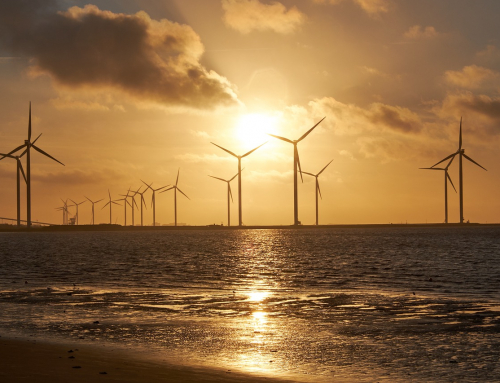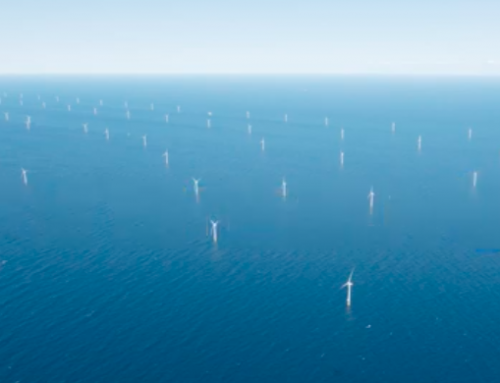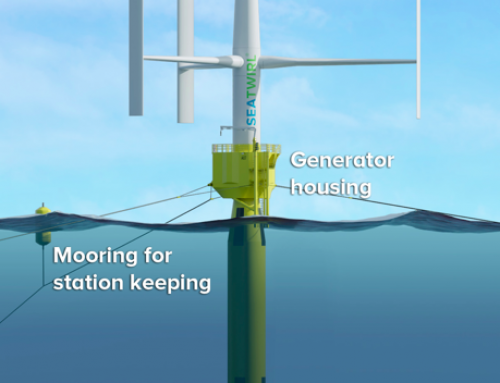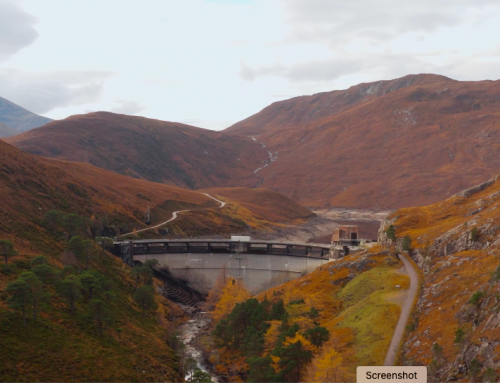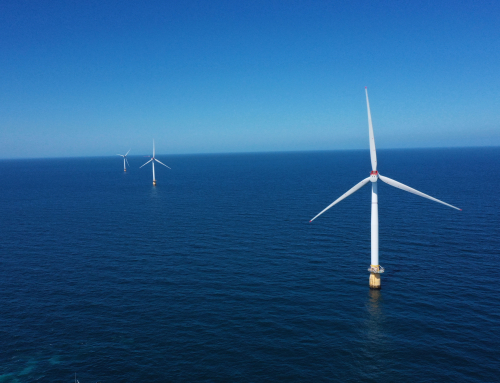By Barney Smith
The Prime Minister’s ten-point blue-print for a “Green Industrial Revolution”, released in November 2020, included the following extract (from Point 1), which also incidentally contains the firmest commitment in the whole plan viz:-
“And by 2030, we aim to produce 40GW of offshore wind, including 1GW of innovative floating offshore wind in the windiest parts of our seas.
The idea of a floating off-shore wind farm has the attraction of potentially drawing on the considerable experience of the oil and gas industry. For their involvement would reflect practical knowledge of similar platforms gained over a number of years, not just their financing abilities.
Nor is the PM’s proposal outlandish in a technical sense. On the contrary: the UK is indeed the windiest country in Europe and the seas around it even more so, to the extent that the wind has a mean average speed of 9.75 Metres per second. This is important because developers calculating offshore electricity potential do so by taking the cube of the average wind speed. So (9.75)3 = 927, well above the 636 which derives from the cube of the Global average wind speed of 8.6 m/s.

Hywind Scotland, the world’s first floating wind farm, operated by Equinor
So it is interesting that on 16 July 2021 Royal Dutch Shell and Scottish Power announced that they had submitted proposals to build the world’s largest set of floating off-shore wind farms off North-East Scotland. They are thinking big, in the sense that they are thinking Gigawatts (GW), not Megawatts (MW), but their announcement does not specify any particular technology.
Maybe they have yet to cross that bridge; they will doubtless have seen the Economist of 24 July which contains a long article, partly about the various alternative technologies at present on offer, but partly about the challenge of repairing or replacing the larger blades now in use.
Shell, like BP and TotalEnergies, is committed to the transition from being an Oil and Gas company to being an Energy company, but up to now have eschewed much major direct investment in renewables. (This is not all their fault: more than a year ago, Shell was outbid by the Mitsubishi-led consortium in the quest for control of the Dutch utility, Eneco, which had a sizeable renewable portfolio.) But rightly, or wrongly, Shell’s approach has been seen by the media as half-hearted. One observer has pointed out that Shell envisages spending some $30 billion on oil and gas projects in the early 2020s, much, much, more than the company plans to spend on renewables.
This supports a more general criticism in that while in public leaders of oil companies have supported global climate targets, the industry as a whole continues to invest only a tiny fraction of its annual spending budget on clean energy while committing almost all of the rest to conventional oil and gas projects. This may be understandable; there will be a need for oil and gas for years to come, though for exactly how many years is already the subject of much debate.

